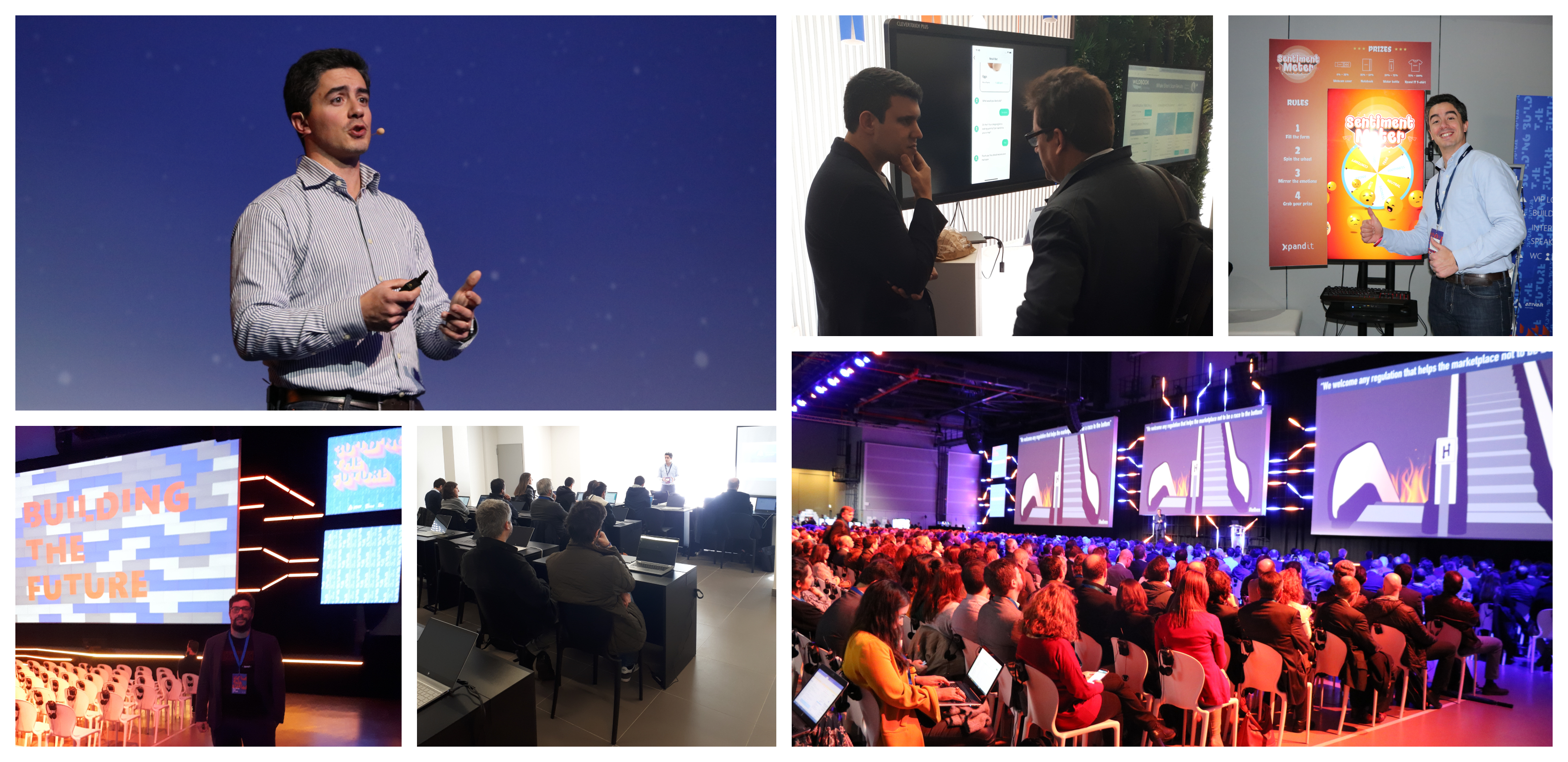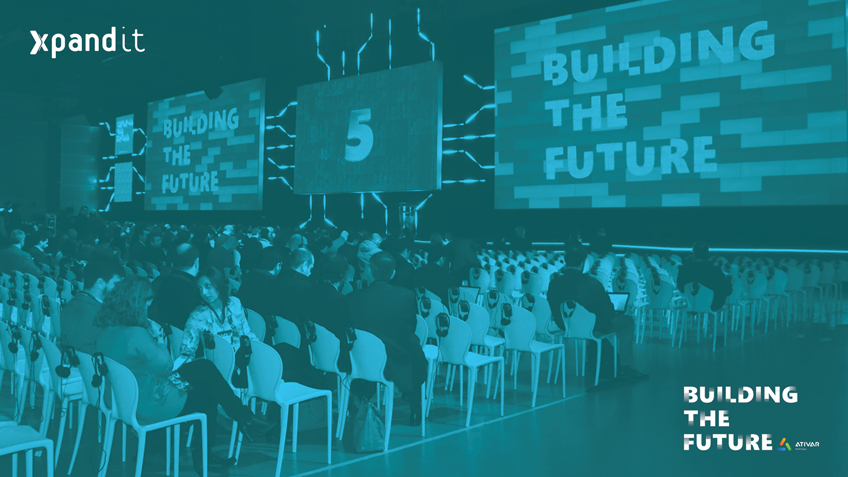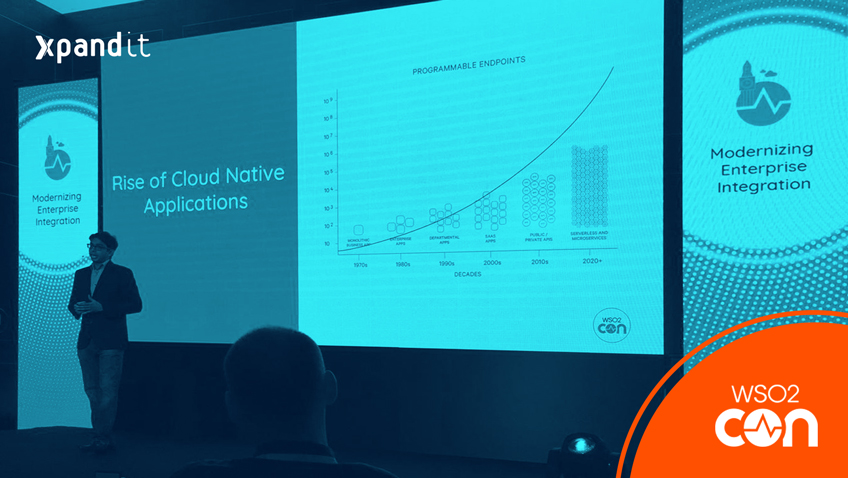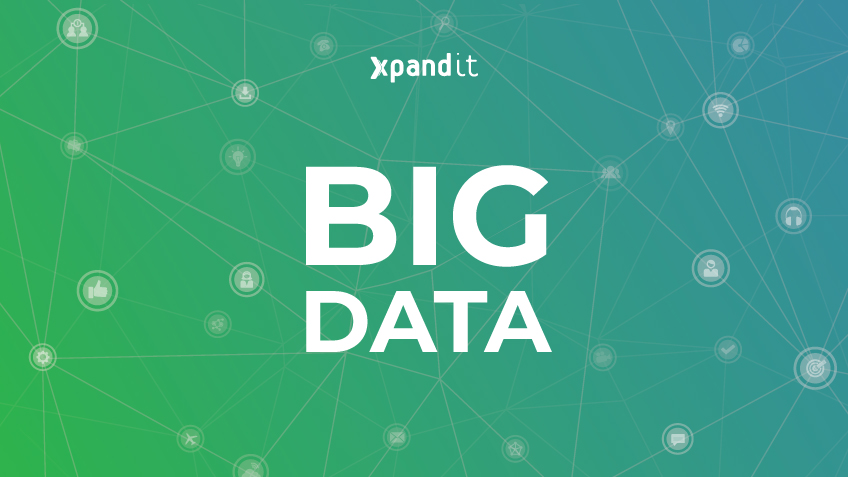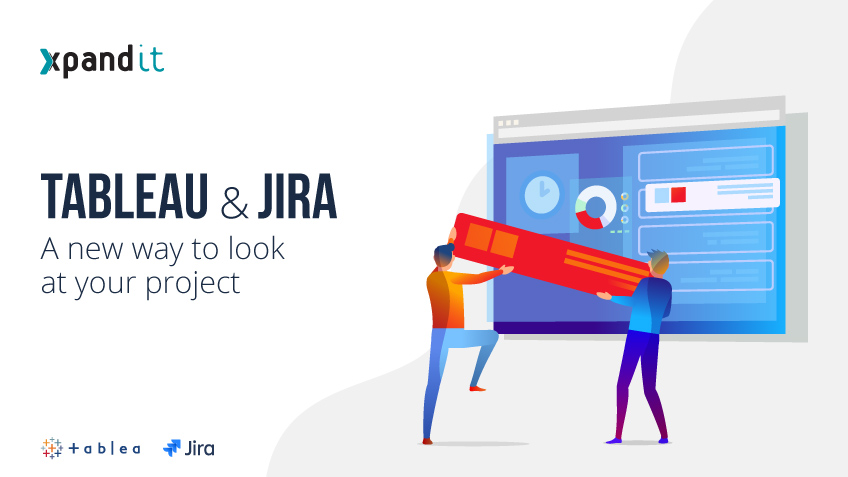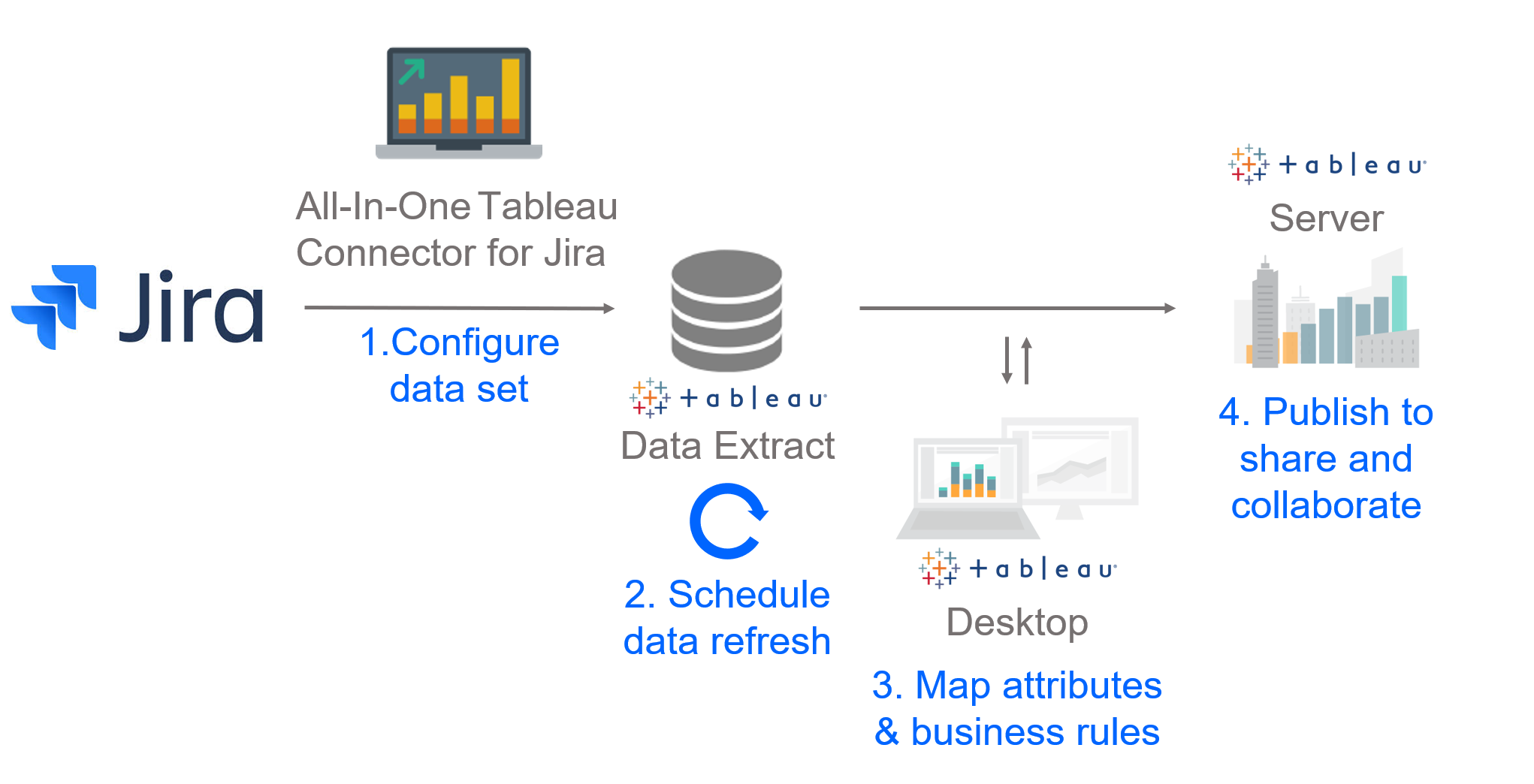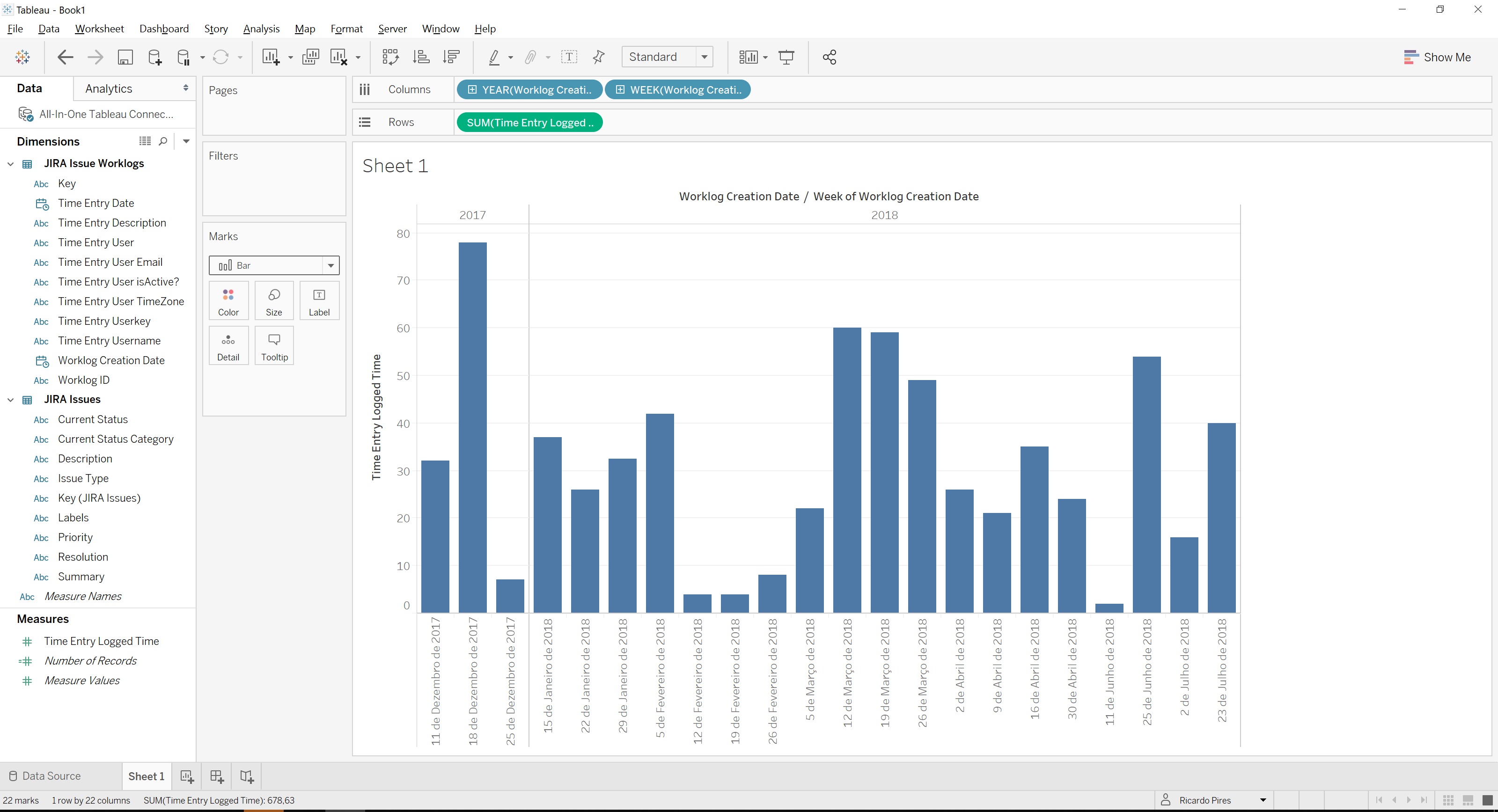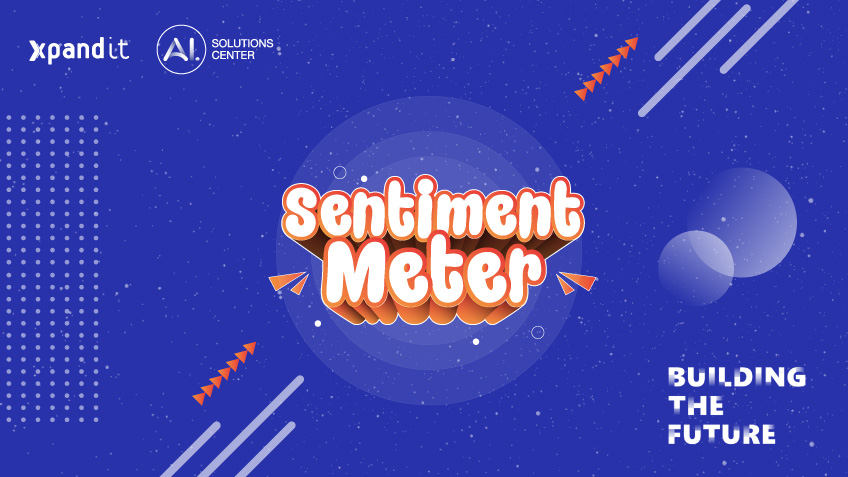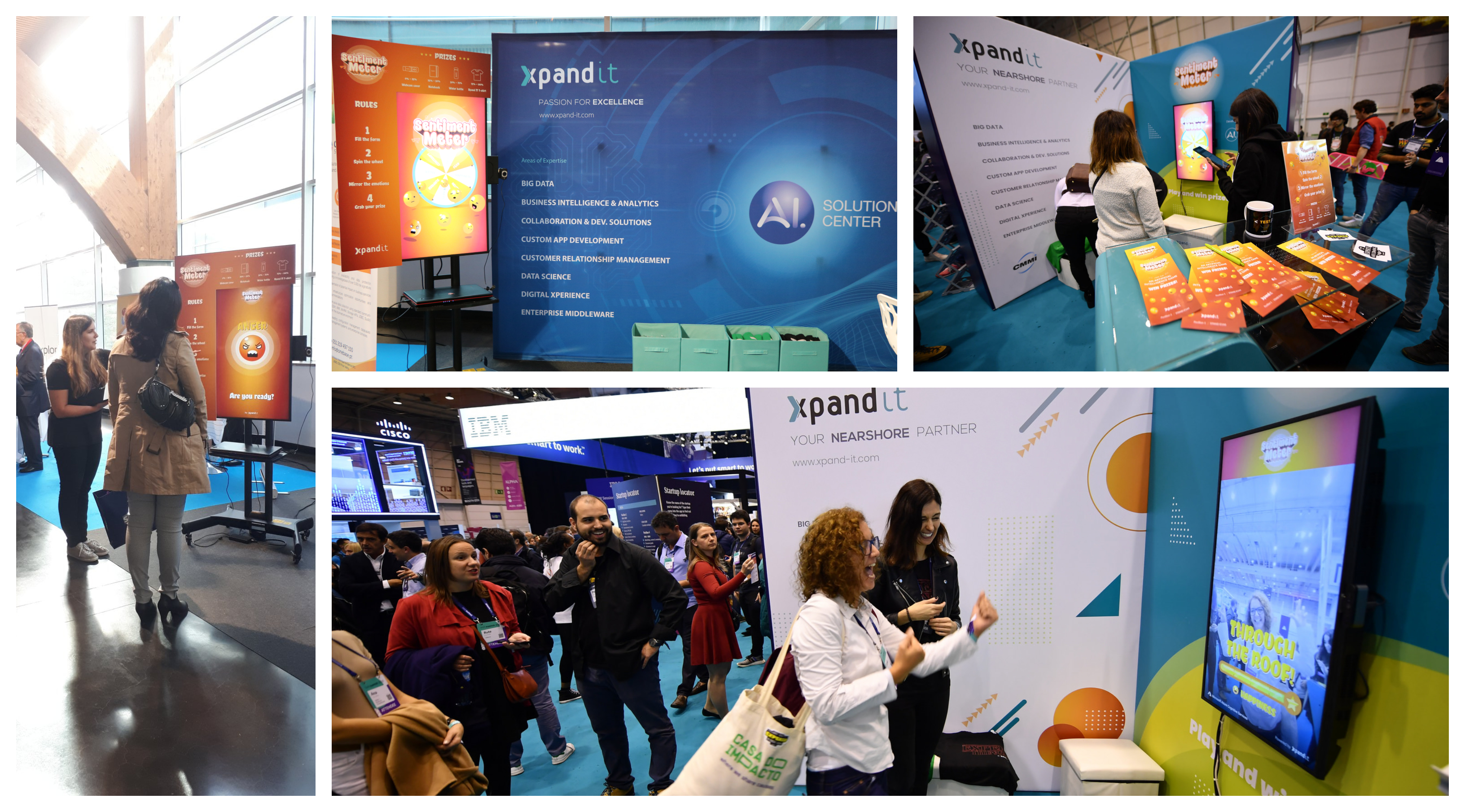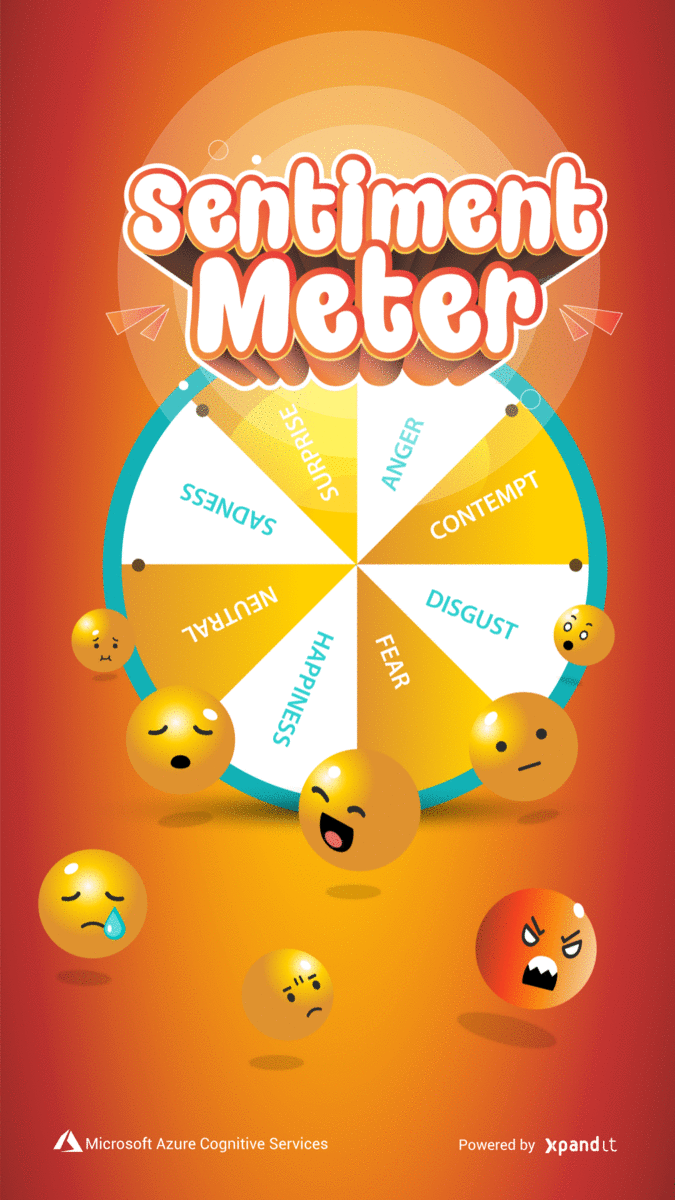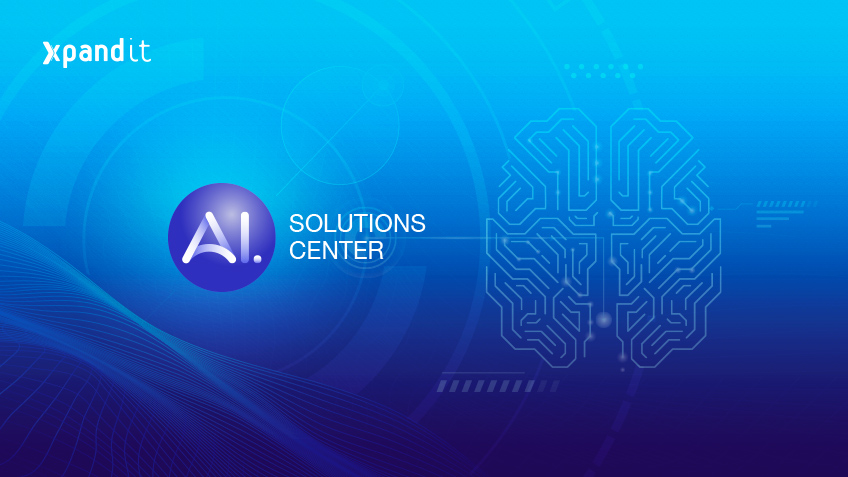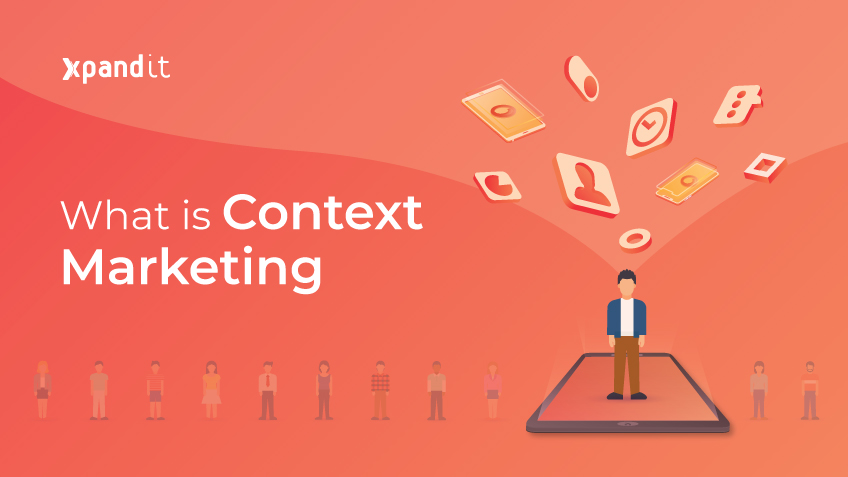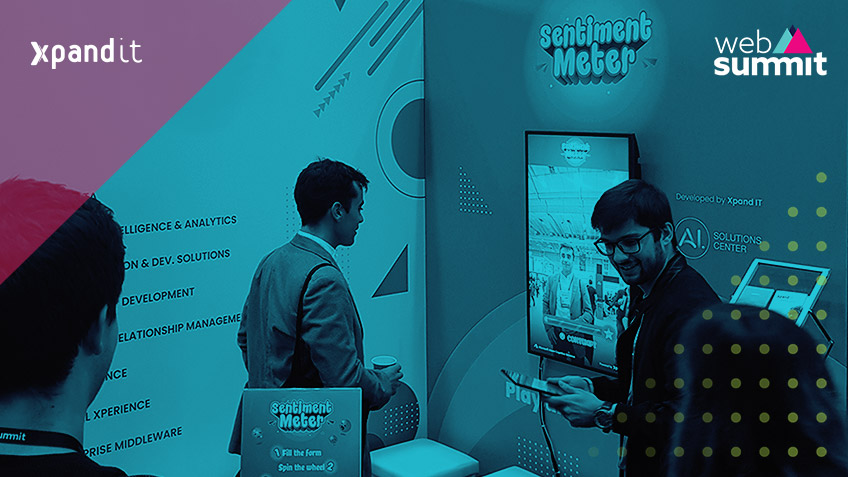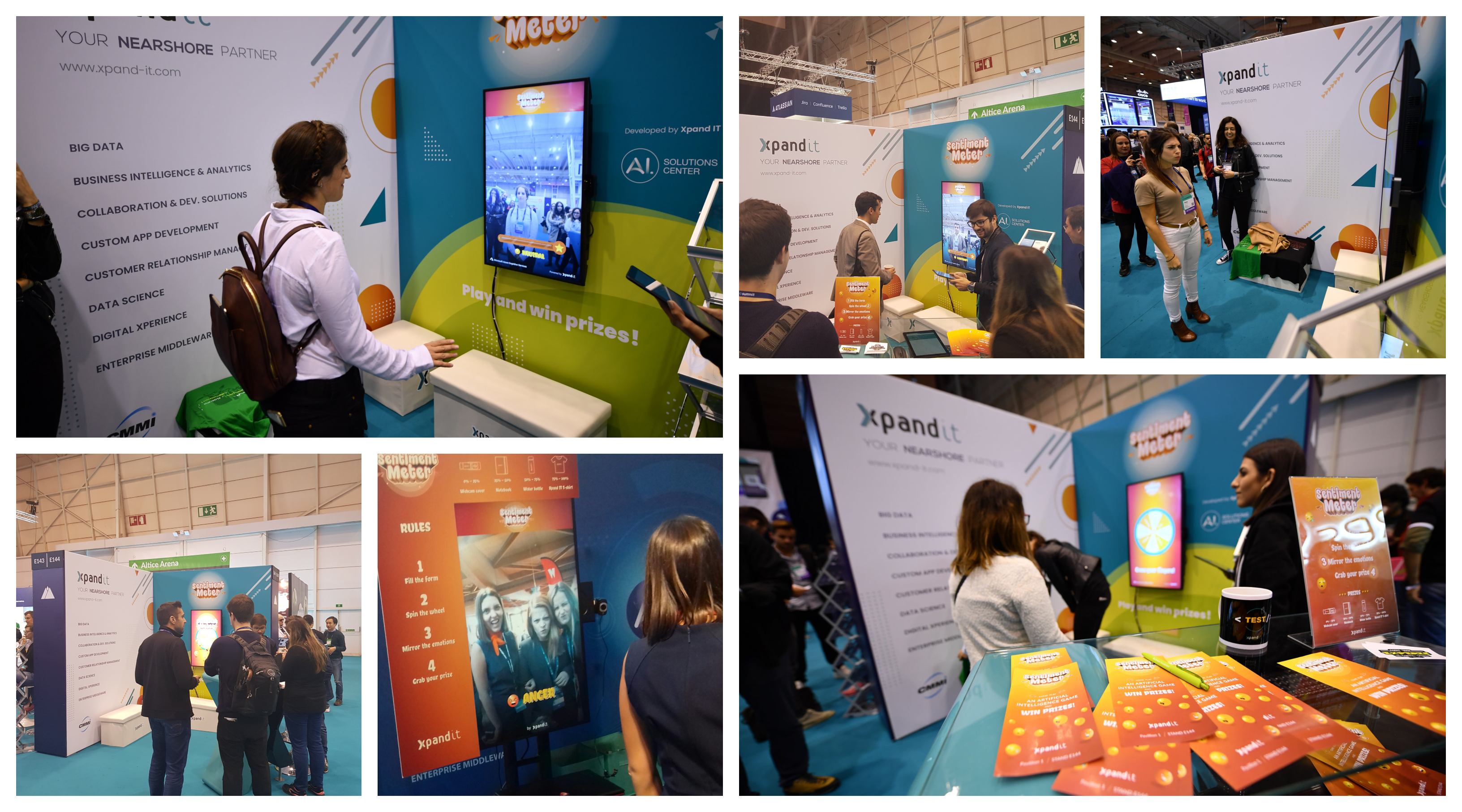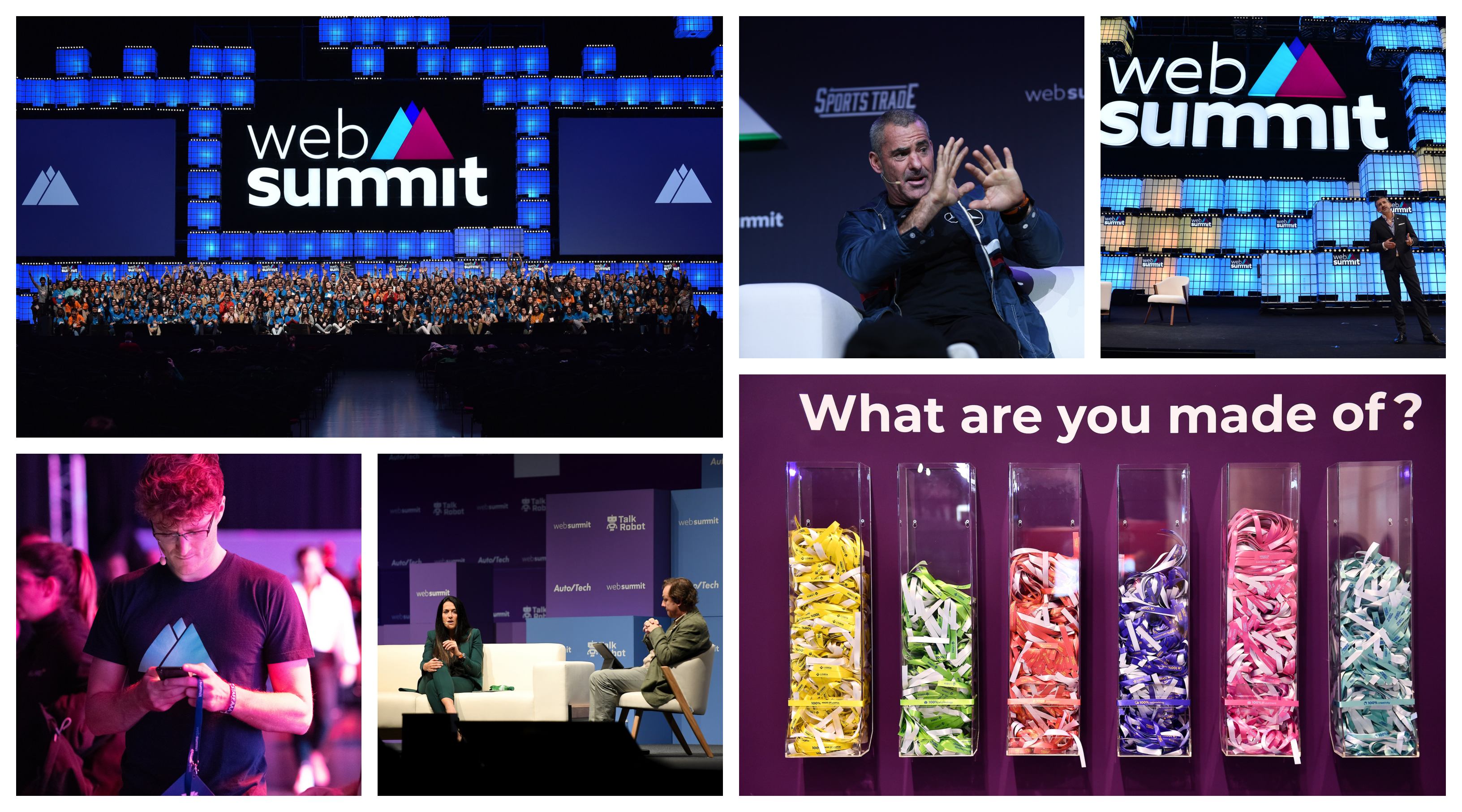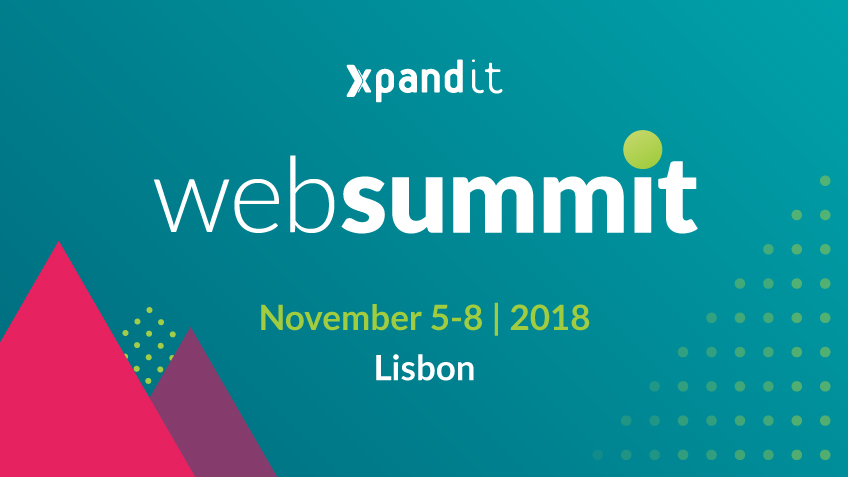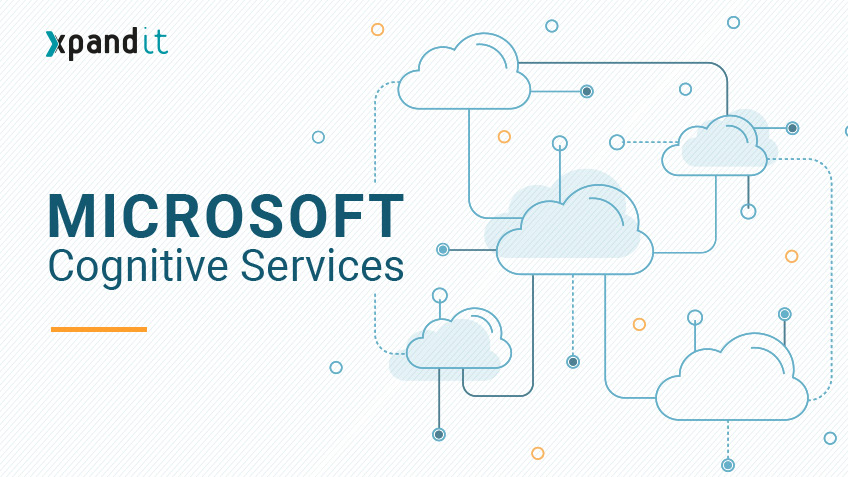The first edition of the event Building the Future: Ativar Portugal (Activate Portugal) took place in January (between the 29th and the 30th) and was organized by Microsoft, with the help of the agency imatch.
More than 3000 participants, 100 speakers, 60 sessions and 50 partners. These were the numbers of one of the most waited technological event, that ended up uncovering that the investment in digital transformation is, in fact, one of the main priorities for a quite significant number of companies. Xpand IT had the privilege to take part of this huge success and can confirm that along with Building the Future: together we activated Portugal!
For Paula Braz, Marketing Manager of Xpand IT, “Building the Future was an extremely interesting event, since it allowed to create (or recreate) a vision of not-so-far future through experiences provided by all partners in different sessions – from the most technical ones, such as our “Cognitive Lab”, in which we offered the possibility to learn to develop a bot, to the most conceptual ones, such as the talks from Gerd Lehoar (writer and founder of Futures Agency) or Jim Stolze (active leader of the TEDx community and co-founder of Aigency)”.
As Microsoft’s partner, Xpand IT had the opportunity to promote some of the topics of the event, using artificial intelligence applied to gamification applied in the Sentiment Meter, as well as by showing a Retail Bot, in the Intelligent Day area, or even with sessions by Jorge Borralho, the Project Manager, and Sérgio Viana, Digital Xperience Lead from Xpand IT.
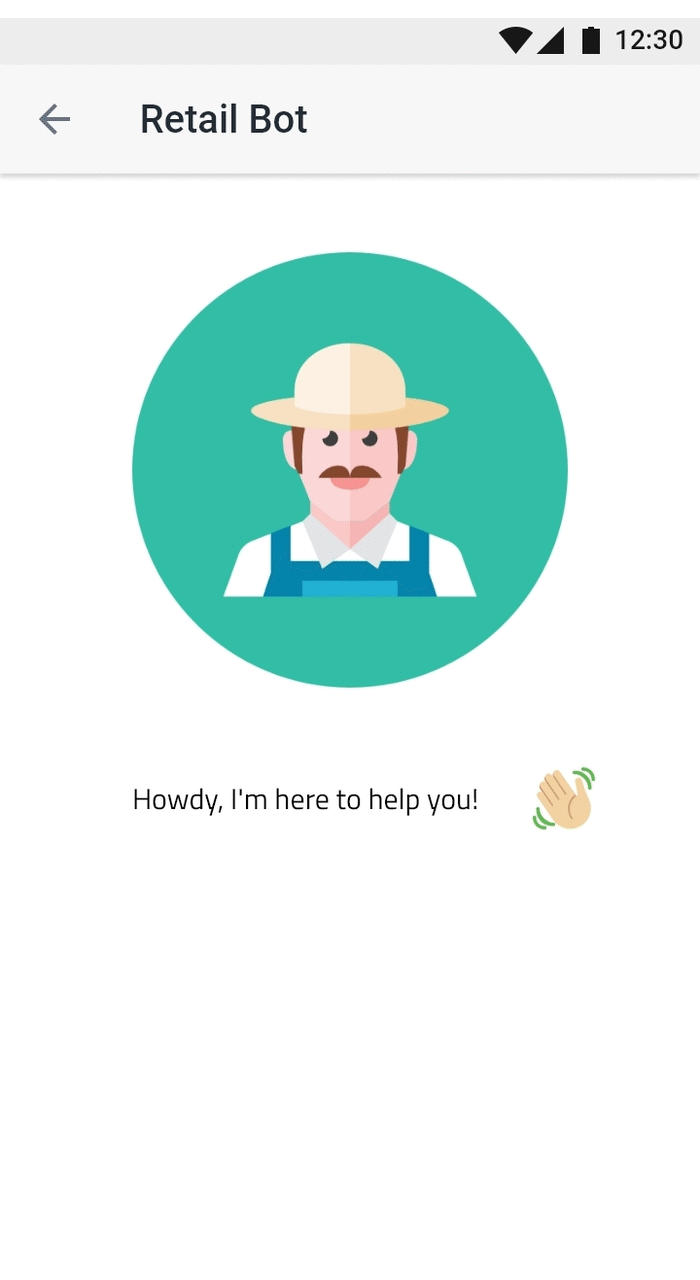
For Sérgio Viana, Digital Xperience Lead of Xpand IT, “Embracing technology and empowering it brings value to the business, as well as to our human abilities; it is the path to build solutions that make a difference. There is no need to fear innovation, but one should use it with the right purpose, based on fundamental and structural ethical values”.
